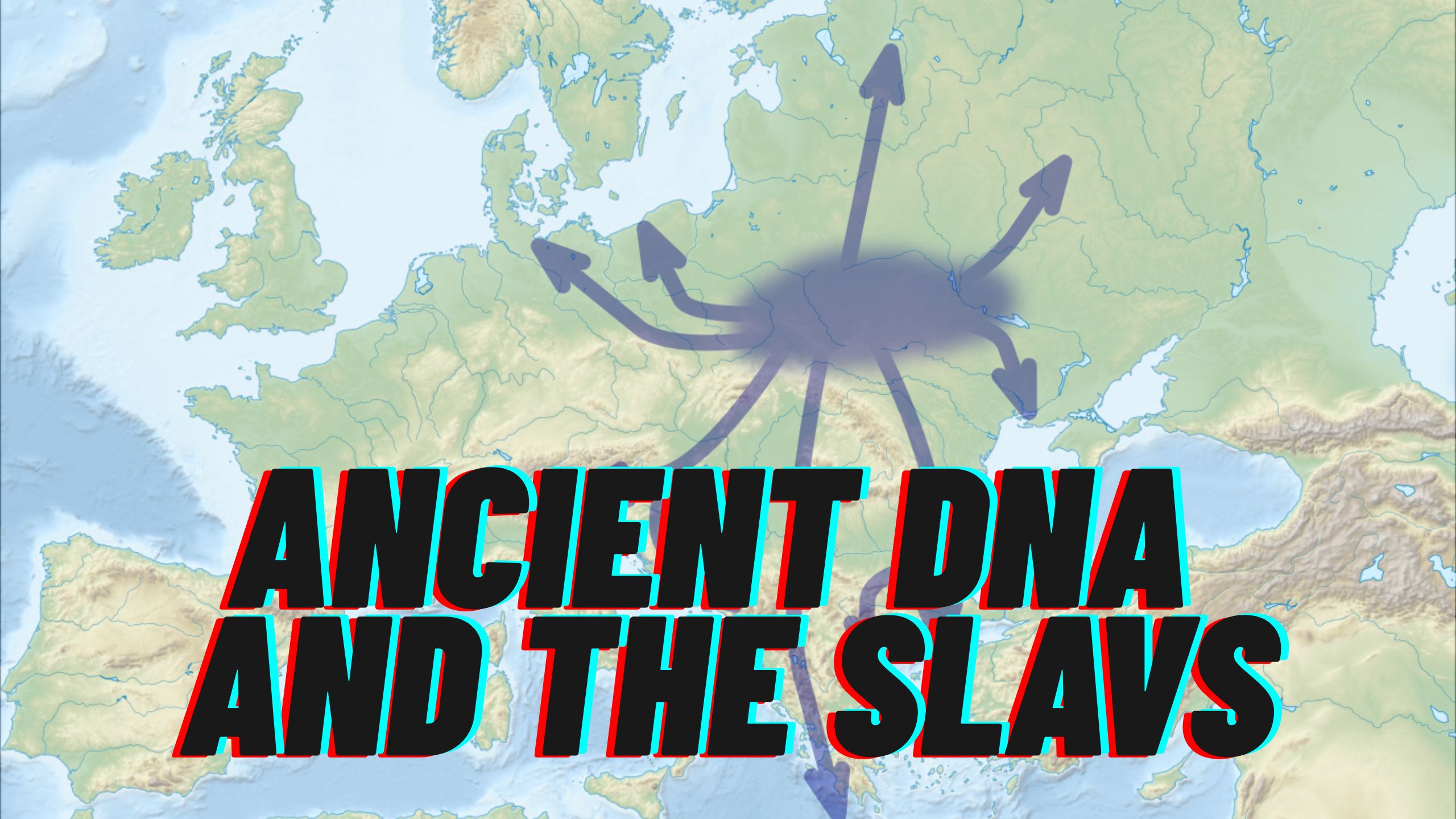
"Beginning in the sixth century AD, Slavic groups emerged in Byzantine and Western sources, spreading from the Baltic to the Balkans, and from the Elbe to the Volga. Yet in contrast to the dramatic migrations of the Goths or Langobards, or the feared incursions of the Huns, the Slavic story has remained puzzling. Now, a groundbreaking study in the journal Nature has begun to provide answers."
"Historians have long struggled to explain the Slavic expansion. Early Slavic communities left little archaeological trace: cremation was widespread, their houses were simple, and their pottery plain and undecorated. Most significantly, they left no written records of their own for centuries. The very word "Slavs" was often an outsider's label, later politicised in nationalist or ideological debates. The key questions have always been: where did the Slavs come from, and how did they so thoroughly reshape Europe?"
An international team led by the HistoGenes consortium sequenced over 550 ancient genomes to analyze medieval Slavic populations. Genetic results point to a likely origin between the Dniester and Don rivers and indicate that the Slavic expansion involved substantial movement of people. Early Slavic communities left minimal archaeological traces because cremation was widespread, houses were simple, and pottery was plain and undecorated, and they lacked written records. The demographic movement significantly transformed Europe's genetic and cultural map and helps resolve whether Slavic spread was migration-driven rather than purely cultural assimilation.
Read at Medievalists.net
Unable to calculate read time
Collection
[
|
...
]